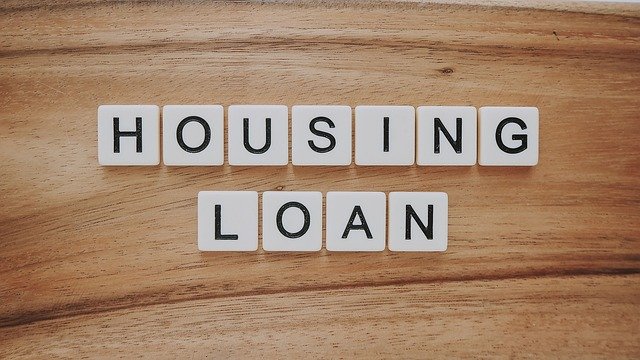Mortgage Insurance: What Homebuyers Should Know
Mortgage insurance protects lenders against loss if a borrower defaults, and it plays a specific role in many home-financing arrangements. For borrowers who cannot put 20% down, mortgage insurance can enable a mortgage by reducing lender risk. Understanding what it covers, when it’s required, and how it affects monthly costs helps prospective homeowners make informed housing and real estate choices.

What is mortgage and why is it used?
Mortgage insurance is a policy or fee tied to a mortgage that safeguards the lender, not the borrower, from loss if the borrower stops making payments. It commonly appears when a borrower’s down payment is below a lender’s threshold—often around 20%. By transferring some credit risk to an insurer or government program, lenders are able to offer loans to buyers who lack large down payments, expanding access to housing finance while affecting loan pricing and eligibility.
How does insurance affect monthly mortgage payments?
Mortgage insurance increases the overall cost of borrowing because it is added to monthly payments, paid via an upfront premium, or both. The exact impact depends on the insurance type, loan amount, and borrower credit profile. For example, private mortgage insurance (PMI) premiums are typically calculated as a percentage of the loan and spread over monthly payments, while some government programs include annual mortgage insurance premiums paid monthly. Buyers should request an amortization example from lenders to see how insurance alters payments and total interest paid.
How does mortgage insurance intersect with housing affordability?
Mortgage insurance can make homeownership achievable sooner by lowering the down payment barrier, which affects housing affordability for many households. However, the added cost reduces disposable income and may limit the total mortgage a borrower can responsibly carry. Weighing the trade-offs — faster entry into housing market versus higher monthly housing costs — is essential. Prospective homeowners should compare scenarios with different down payments to understand long-term affordability and home equity buildup.
How does mortgage insurance appear in real estate transactions?
In a real estate transaction, buyers typically learn about mortgage insurance during loan underwriting or when comparing loan offers. Some purchase agreements may include clauses about who pays closing costs, and mortgage-related fees can be negotiated, rolled into the loan, or paid upfront. Sellers, brokers, and lenders can provide estimates, but exact insurance charges depend on lender policies and the selected loan program. Real estate professionals often advise requesting a Loan Estimate to compare offers that include insurance fees.
What should a homeowner consider about mortgage insurance?
Homeowners should know how and when mortgage insurance can be removed. With PMI on conventional loans, borrowers often can request cancellation once their loan-to-value ratio reaches 80% through principal payments or home appreciation; automatic termination typically occurs at 78% LTV. Government-backed programs have different rules for insurance termination. Homeowners should also monitor equity build-up, refinancing options, and any potential tax implications by consulting a mortgage professional and, if needed, a tax advisor to understand specific local rules.
Conclusion
Mortgage insurance is a common component of home financing that enables buyers with smaller down payments to access mortgages while shifting some lender risk to insurers or government programs. It affects monthly costs, interacts with housing affordability, and factors into real estate transactions and long-term homeowner decisions about equity and refinancing. Understanding the types of mortgage insurance and the conditions for removal helps buyers evaluate loans and plan for sustainable homeownership.






